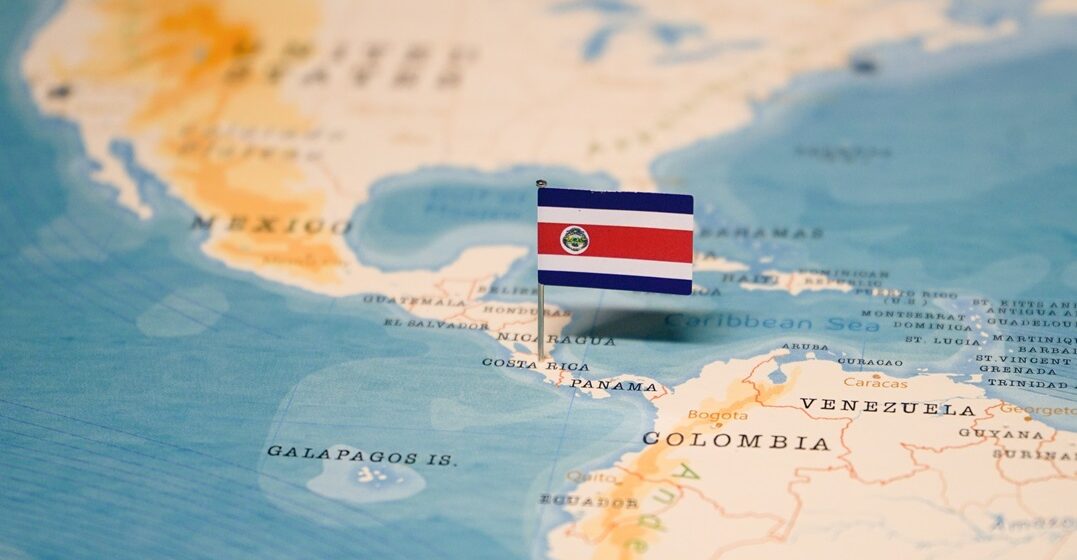Published on October 31, 2023

Costa Rican Spanish: All you need to know

If you’re visiting or moving to Costa Rica, get ready to speak to ticos or ticas (Costa Rican people) with your best Costa Rican Spanish. Spanish is the only official language of Costa Rica. It’s also the most widely spoken, though various indigenous languages are also still spoken throughout the country.
As in most Spanish-speaking countries, the Costa Rican accent varies by region. From the unique pronunciation of the Spanish “r” to famous slang phrases like pura vida (literally “pure life”), Costa Rican Spanish is great for Spanish-language learners to study.
Yes, Spanish is the official language of Costa Rica. Several indigenous languages are also still spoken across Costa Rica, including:
Though Spanish dominates, Costa Rica also has the best English proficiency of any Central American country (excluding Belize, where English is an official language).
For short-term visitors, English should be enough to get by. But for those staying longer, a deeper dive into Costa Rican Spanish can be richly rewarding.
One big difference you’ll hear in Costa Rican Spanish is the use of vos. It’s actually more common to use vos (you) and usted (you; formal) than tú (you). You may not hear tú used at all.
Vos as a form of “you” is not commonly taught to Spanish learners. But it’s definitely used in both Argentina and Costa Rica.
In Costa Rican Spanish, vos replaces tú and has its own conjugation:
| Verb | Vos conjugation | Tú conjugation |
| vivir (to live) | vivís | vives |
| hablar (to speak) | hablás | hablas |
| ser (to be) | sos | eres |
| tener (to have) | tenés | tienes |
| traer (to bring) | traés | traes |
In general, Costa Rican Spanish sounds fairly relaxed and slow — unlike, for example, the rapid-fire Spanish in Spain or Chile. Depending on the region, though, you may notice some different features:
One unique form of pronunciation in Costa Rica is the r arrastrada (dragged r).
Many say this “r” is similar in sound to the “hard r” in US English. It’s pronounced more towards the back of the tongue and with no vibration.
The r arrastrada can be heard in the following places:
Still, many words employ a more standard Spanish “r.” Examples include arbol, trabajo and palabra.
As in other South American countries, the “s” in Costa Rican Spanish is often dropped. For example:
In some areas of Costa Rica, the final “d” may be dropped:
One last difference you will hear when listening to Costa Rican Spanish is the pronunciation of the final “n.” If you listen closely, you may detect a native tico or tica pronounce /ng/ instead of just /n/:
Of course, Costa Rican Spanish comes with its own lexicon of fun slang. Here are a few of our favorite slang words and turns of phrase:
Mirroring the country’s stunning biodiversity, Costa Rica is home to diverse ways of speaking. That means using vos instead of tú, pronouncing some consonants differently and dropping the word mae about a hundred times per day.
If you visit Costa Rica, listen to how the different accents along the coast, in San Jose and in rural areas are different. Luckily for Spanish-language learners, Costa Ricans generally speak slowly and clearly enough for beginners to understand.